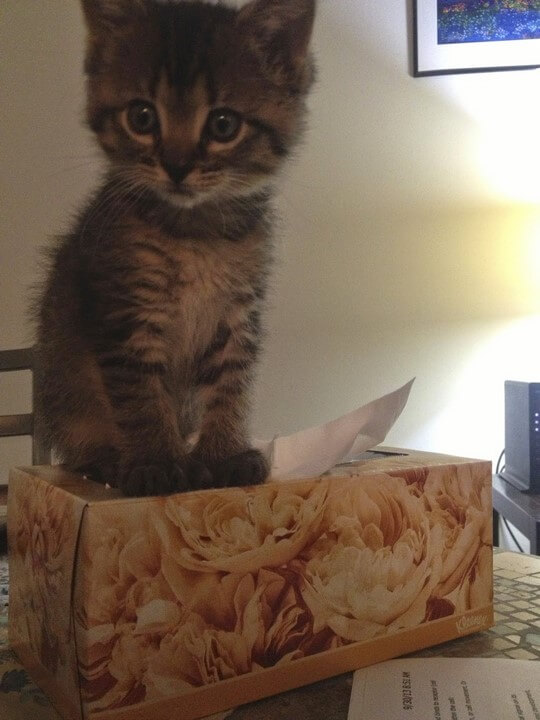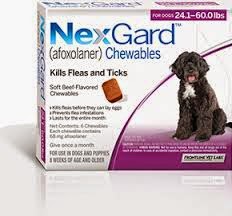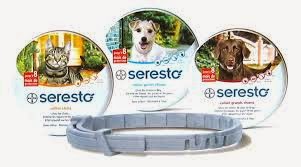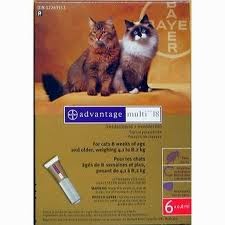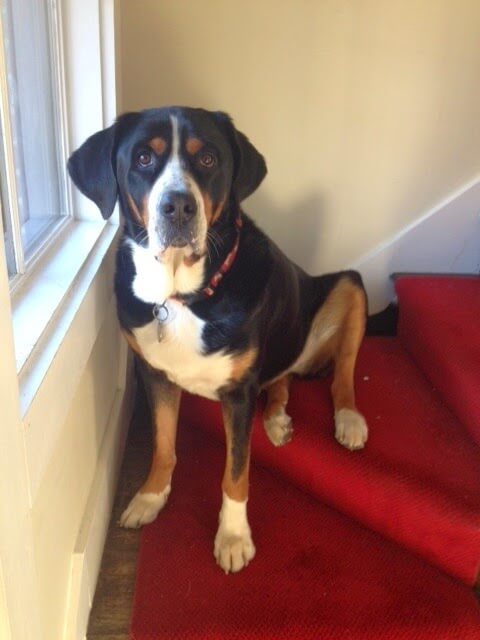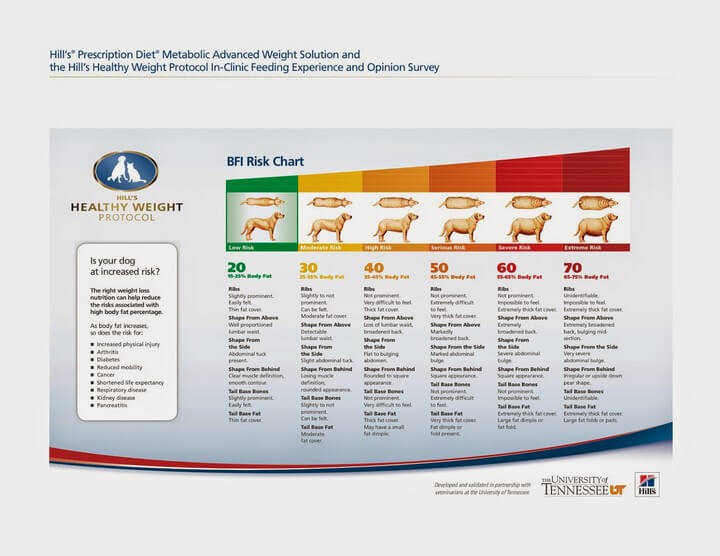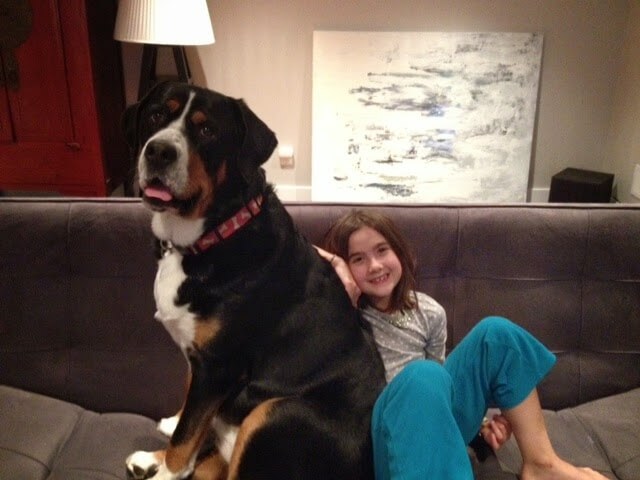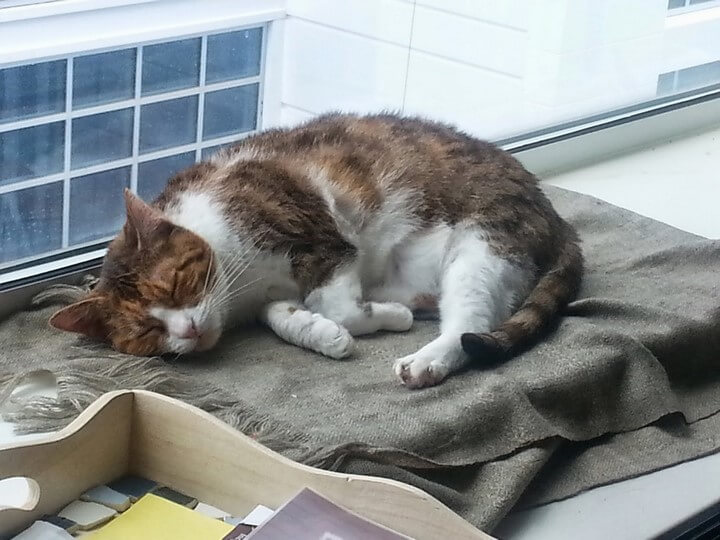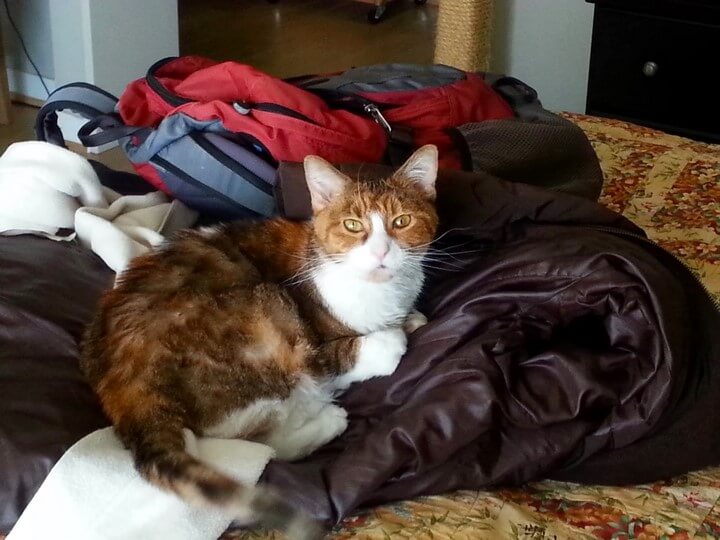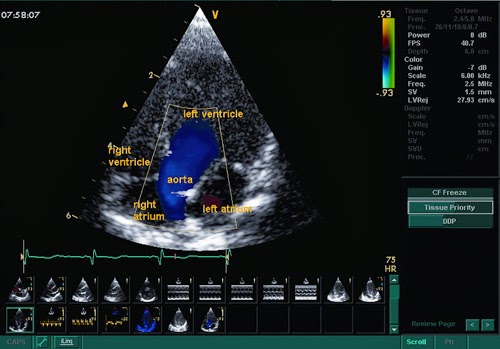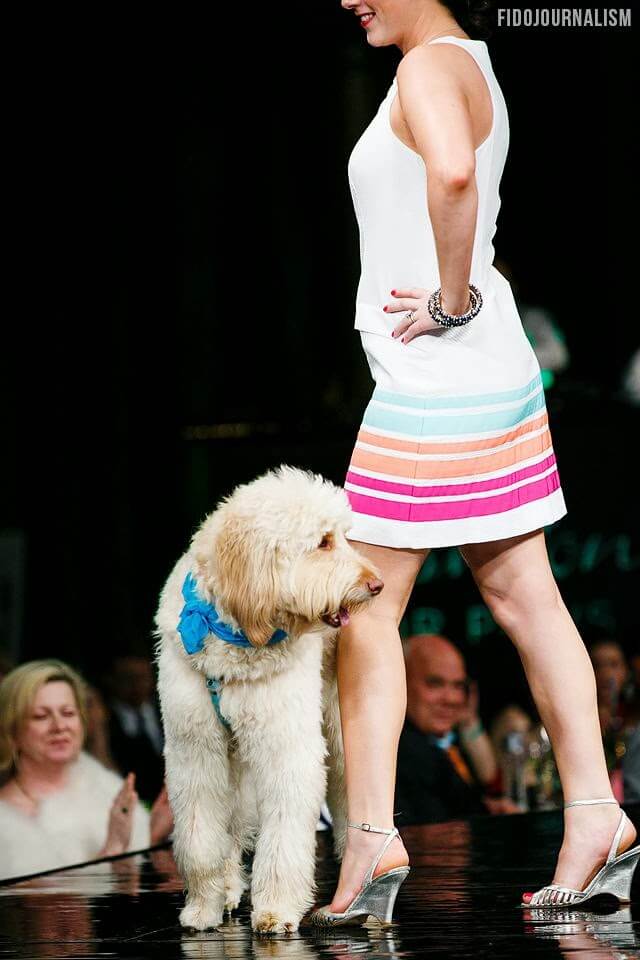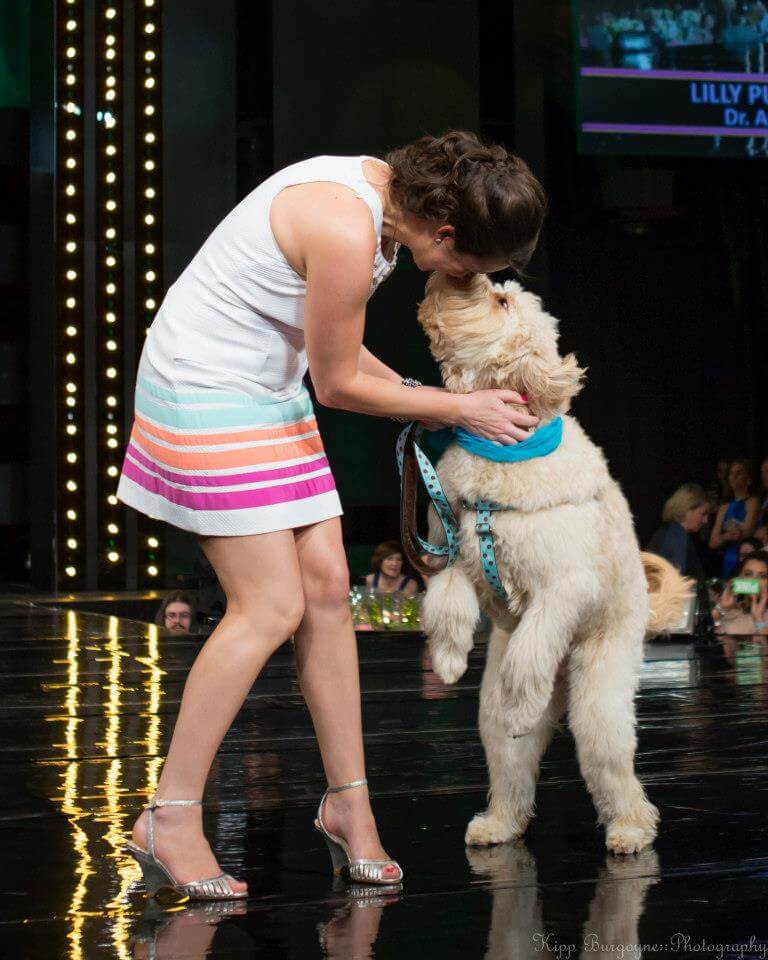Want to know why veterinarians are always reminding you
about annual checkups? Because they are one of the easiest things you can do to help keep your cat or dog happy and
healthy for many years to come. Unfortunately, it's also something that can
easily be forgotten or pushed off for another time.
In
fact, according to a recent petMD poll nearly 2 in 10 pet owners hadn't visited
their vet for a routine checkup in the past year. Take
it from a veterinarian — that's a big deal!
Missing Just One Annual Exam Can Still Be HUGE
The reason the standard recommendation for cats and dogs to
visit the veterinarian once a year for a checkup is because missing even one
yearly exam for your pet is roughly equivalent
to you, a human, not seeing a doctor for five years! These wellness checkups not
only allow us to catch certain diseases at their onset, which can prevent them
from getting worse, but they also potentially save you money in the long run.
That's a definite win-win situation.
Dental disease in both cats and dogs is the perfect example
of this. During your pet’s annual exam
your veterinarian will assess their degree of dental disease and recommend
yearly dental cleanings.
Sherman, a 6-year-old Yorkie-Chihuahua mix, came to me for
his initial exam shortly after being adopted by his new family at 3 years old.
He had moderate tartar with minimal gingivitis,
but I didn't notice any obviously diseased teeth. Nevertheless, given the heavy
tartar and stinky breath, I recommended a dental cleaning and oral exam to be
performed under general anesthesia.

We were shocked to discover during the cleaning that Sherman
had severe dental disease and needed to have 13 teeth extracted. That's the
funny thing about dental disease — things may not look so bad on the surface,
but once you start poking under the gumline the disease may be running rampant
and unchecked.
Fortunately, Sherman felt like a new dog after having all of
his painful and diseased teeth removed. He now gets annual dental cleanings to minimize bacteria buildup on his teeth and monitor for new disease under the gumline. We also started him on a dental
diet to help keep tartar to a minimum to maintain his healthy new smile.
Vet Checkups are
Even More Important in Your Pet's Senior Years
Veterinarians often recommend senior dogs and cats undergo
yearly baseline bloodwork in order to screen for metabolic abnormalities. Elevations
in your pet's liver or kidney values, for example, can indicate one of these
organs is compromised and needs to be addressed. Senior cats often have issues
with kidney function as they age.
Take Charlie, a 12-year-old kitty that is a patient
of mine. During his annual exam Charlie's owner reported that he was doing well
at home but perhaps drinking just a bit more than usual. Charlie's physical
exam was unremarkable overall, but he had lost just a touch of weight compared
to the year prior.
We submitted a chemistry panel, complete blood cell count,
thyroid level and urinalysis. This is the standard baseline that I check on all
senior cats. The urinalysis is essential to alerting us to diminished kidney
function and increased thyroid levels, which are often to blame for weight loss
in cats. In Charlie’s case he had dilute urine and very mild elevations in his kidney
values on the chemistry panel, an indication that his kidneys were not working
well and confirmation he had chronic kidney disease (CKD).
Had Charlie not come in for an annual exam, the CKD would
have gone unmanaged and further complicated his health. Fortunately for Charlie
and other cats with CKD, the quality of life can be improved when steps to
maintain kidney function are implemented—therapeutic kidney-friendly diet and
increased water intake, to name a couple of changes. Charlie's annual exams
were also bumped up to every six months so that we could
closely monitor his
blood work and blood pressure for unusual changes.
Annual Exams: A Great Way to Answer Your Pet Health, Too
I could write story after story about patients of mine that
greatly benefited from a yearly checkup. But these appointments are also the
best time to discuss with your veterinarian any concerns you have regarding
your pet’s health. It can be something as subtle as tips to help your dog lose
a few pounds; which supplements are best for preventing joint disease or diet suggestion
to help senior pets ward off dementia.
By working with
your veterinarian during annual wellness checkups, your pet can better stay
happy and healthy…so you can love them longer!








